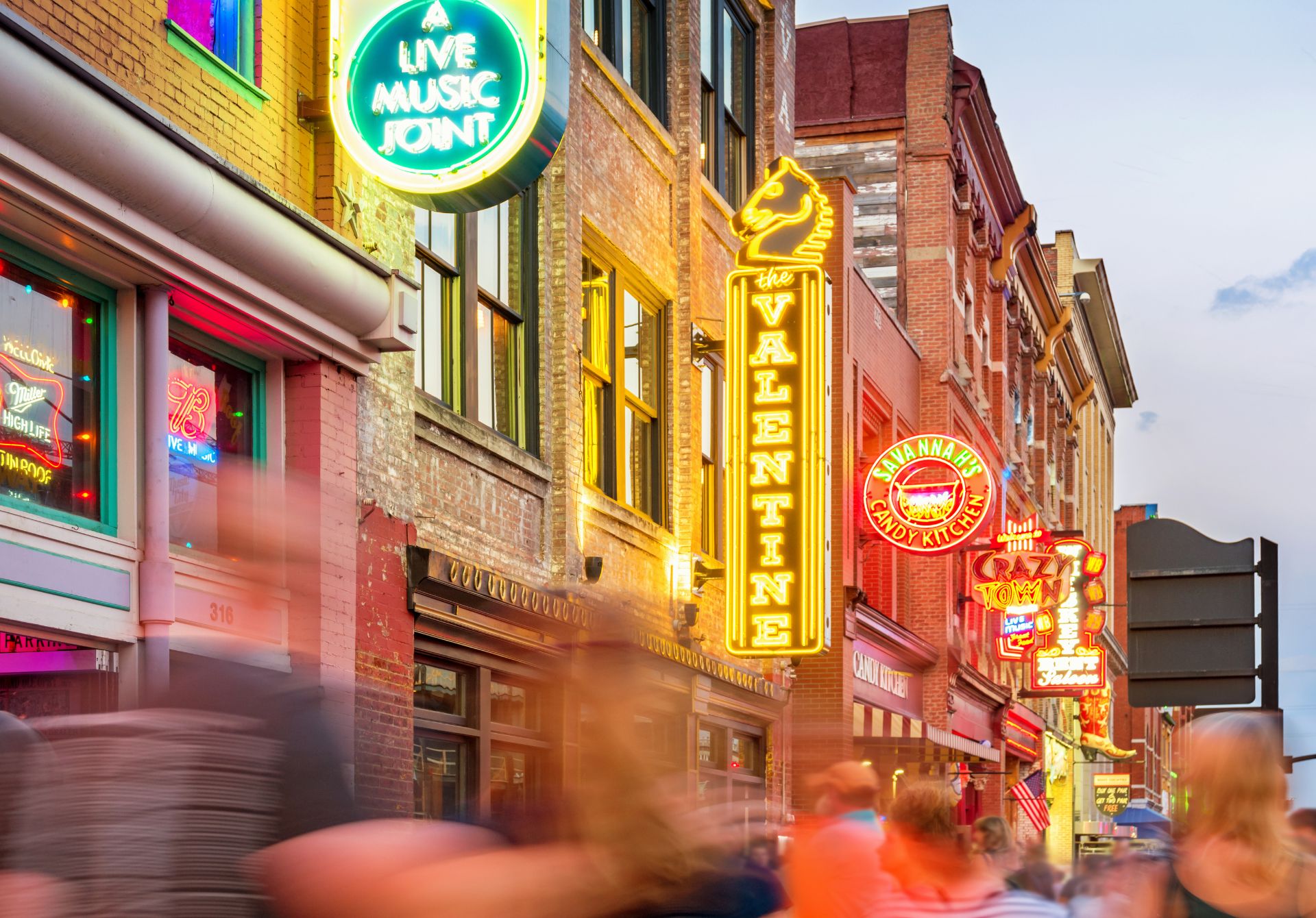New York’s Broadway Theater District, centered around Times Square, represents the pinnacle of American theatrical achievement. Dating back to the early 1750s when Thomas Kean and Walter Murray opened the first theater on Nassau Street, Broadway has evolved from humble beginnings into a global entertainment powerhouse. By the late 1800s, the theater district began its migration from Lower Manhattan to Times Square, catalyzed by the construction of prominent venues like the Empire Theatre and Carnegie Hall.
Broadway’s Golden Age
The period between the 1940s and 1960s is widely considered Broadway’s Golden Age, producing iconic musicals like “Oklahoma!” (1943), “West Side Story” (1957), and “The Sound of Music” (1959). During this era, Broadway solidified its reputation as the world’s premier theater destination, with legendary composers like Richard Rodgers, Oscar Hammerstein II, and Leonard Bernstein creating works that would define American musical theater.
Economic Impact and Cultural Significance
Broadway’s contribution to New York City’s economy is substantial. In the 2018-2019 season (the last full season before the pandemic), Broadway generated $14.7 billion in economic output and supported 96,900 jobs. The industry attracts approximately 14.8 million attendees annually, with international tourists making up a significant portion of theatergoers.
Box Office Statistics
The financial success of Broadway continues to grow, with the 2018-2019 season generating a record-breaking $1.8 billion in ticket sales. Shows like “The Lion King” and “The Phantom of the Opera” have earned billions throughout their runs, demonstrating the enduring appeal of live theater.
Theater Architecture and Design
The Broadway Theater District encompasses 41 professional theaters, each with at least 500 seats. These venues showcase various architectural styles, from the Beaux-Arts elegance of the Lyceum Theatre (1903) to the Art Deco splendor of the Majestic Theatre (1927). Many theaters have been designated as New York City landmarks, preserving their historical significance and architectural beauty for future generations.
The Modern Broadway Experience
Today’s Broadway combines traditional theatrical elements with cutting-edge technology. Productions like “Hamilton” have revolutionized the art form by incorporating contemporary musical styles, while shows like “Harry Potter and the Cursed Child” demonstrate the incredible possibilities of modern stage effects and production design.
Digital Innovation
The industry has embraced digital transformation, with theaters implementing mobile ticketing, virtual stage doors, and streaming platforms. During the pandemic, many productions adapted by offering digital versions of their shows, reaching global audiences and creating new revenue streams.
Broadway’s Community Impact
Beyond entertainment, Broadway serves as a vital cultural institution. Programs like Broadway Bridges provide New York City high school students with opportunities to attend shows, while initiatives like Broadway Cares/Equity Fights AIDS have raised millions for charitable causes. The district’s theaters also offer educational programs, workshops, and backstage tours, fostering the next generation of theater professionals.
The Broadway Theater District stands as a testament to the enduring power of live performance and artistic expression. Its evolution from a small collection of theaters to a global cultural phenomenon reflects America’s artistic journey. As Broadway continues to adapt and innovate, it remains true to its core mission: creating transformative theatrical experiences that resonate with audiences worldwide. The district’s economic impact, cultural significance, and commitment to artistic excellence ensure its position as a cornerstone of American culture for generations to come.
